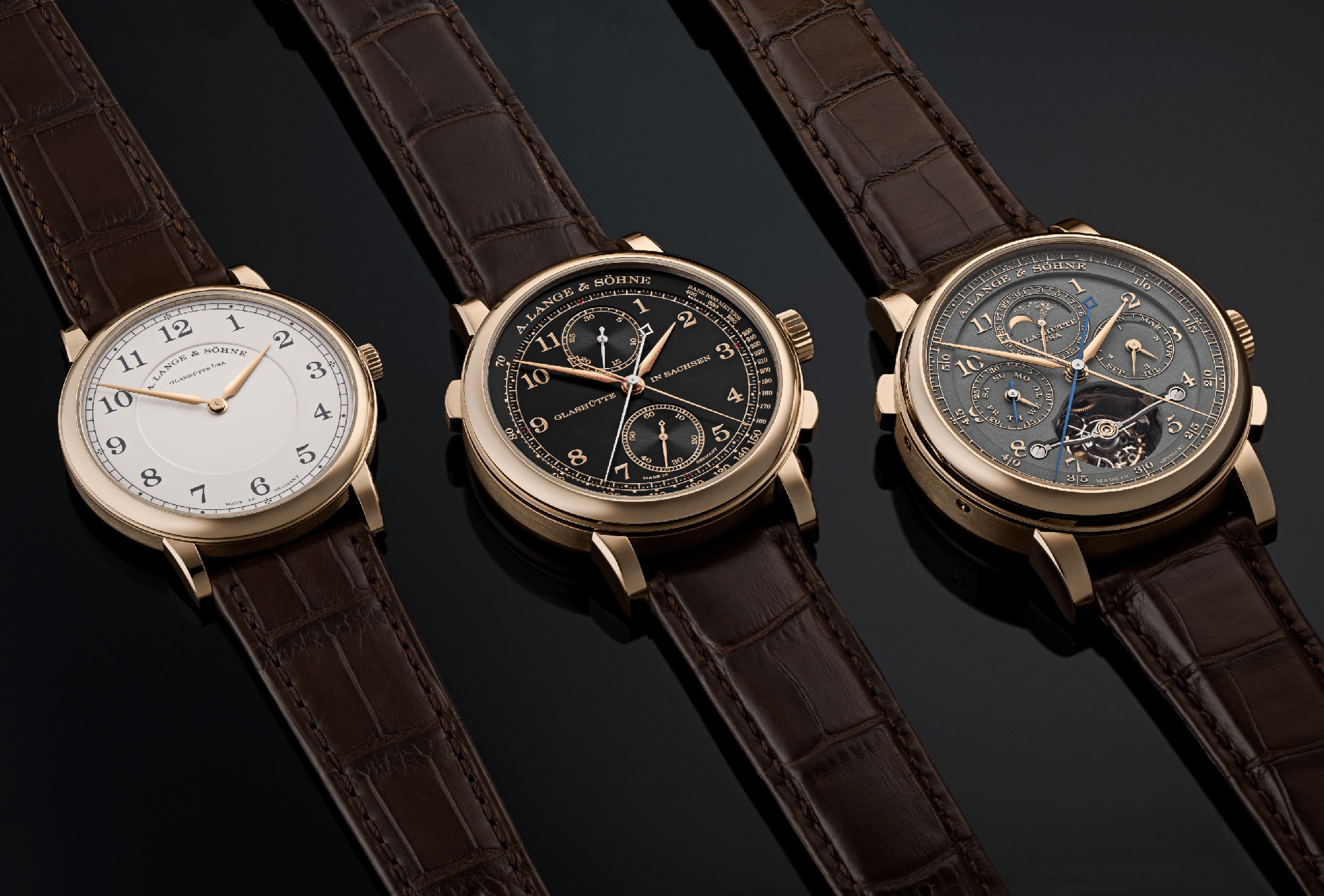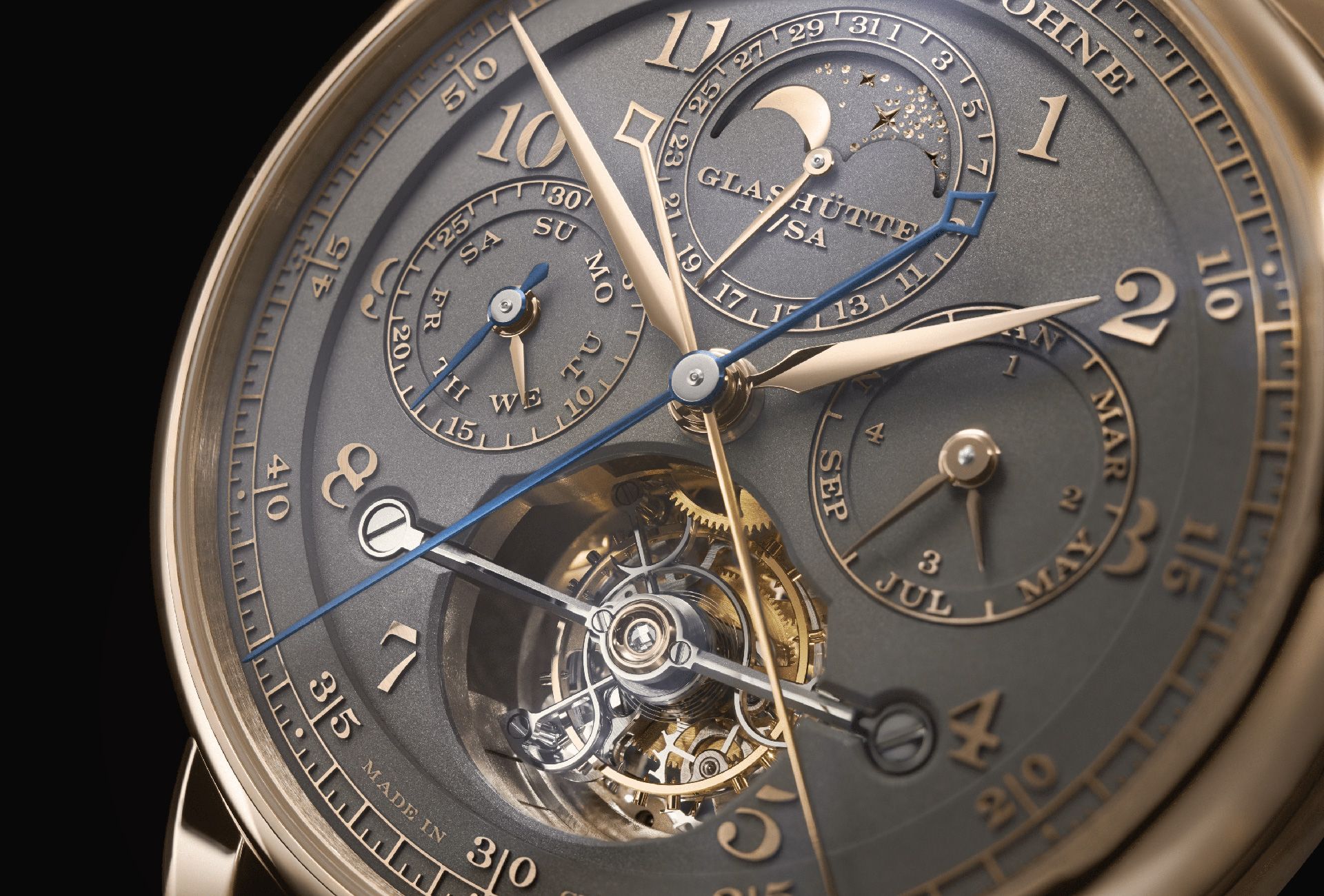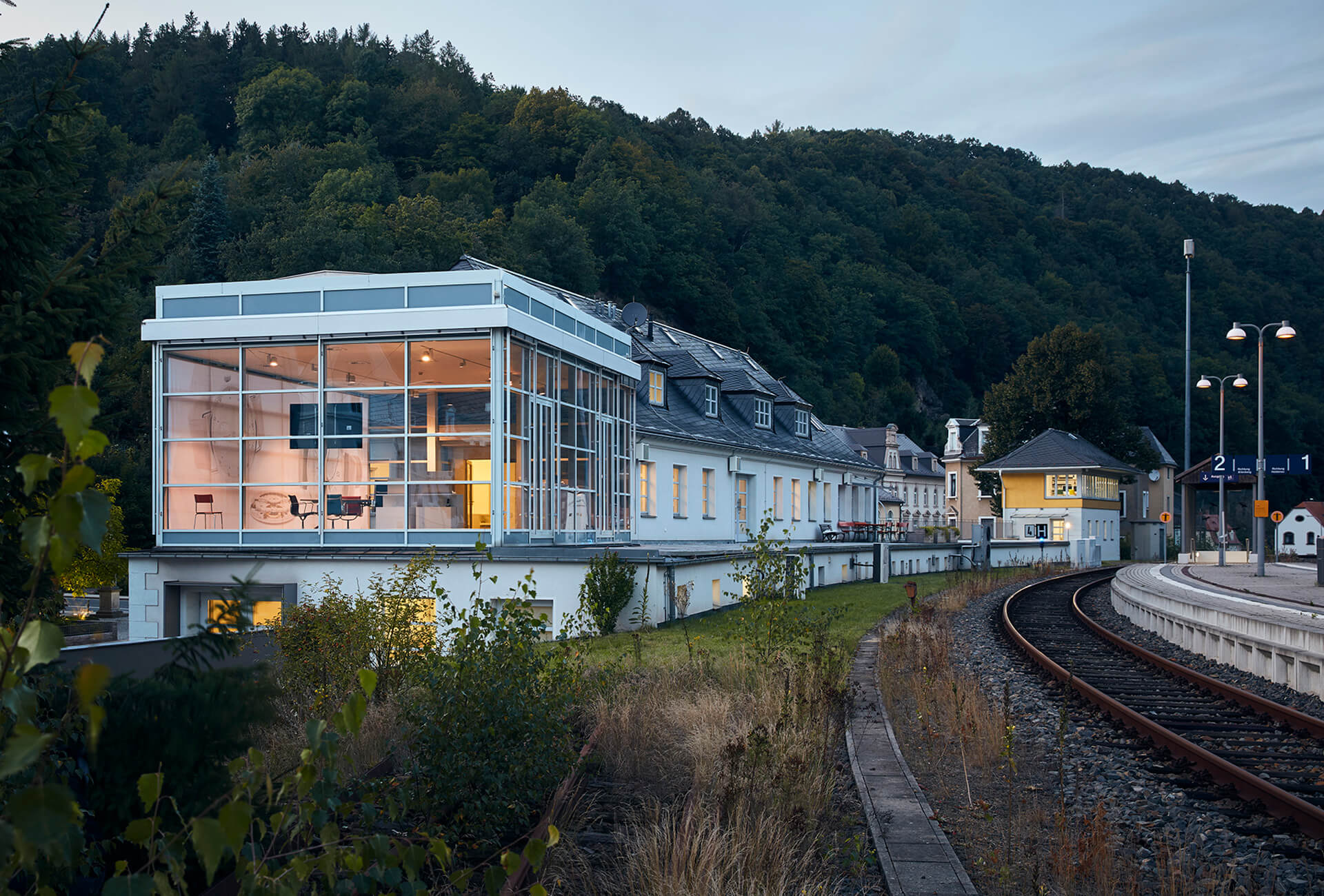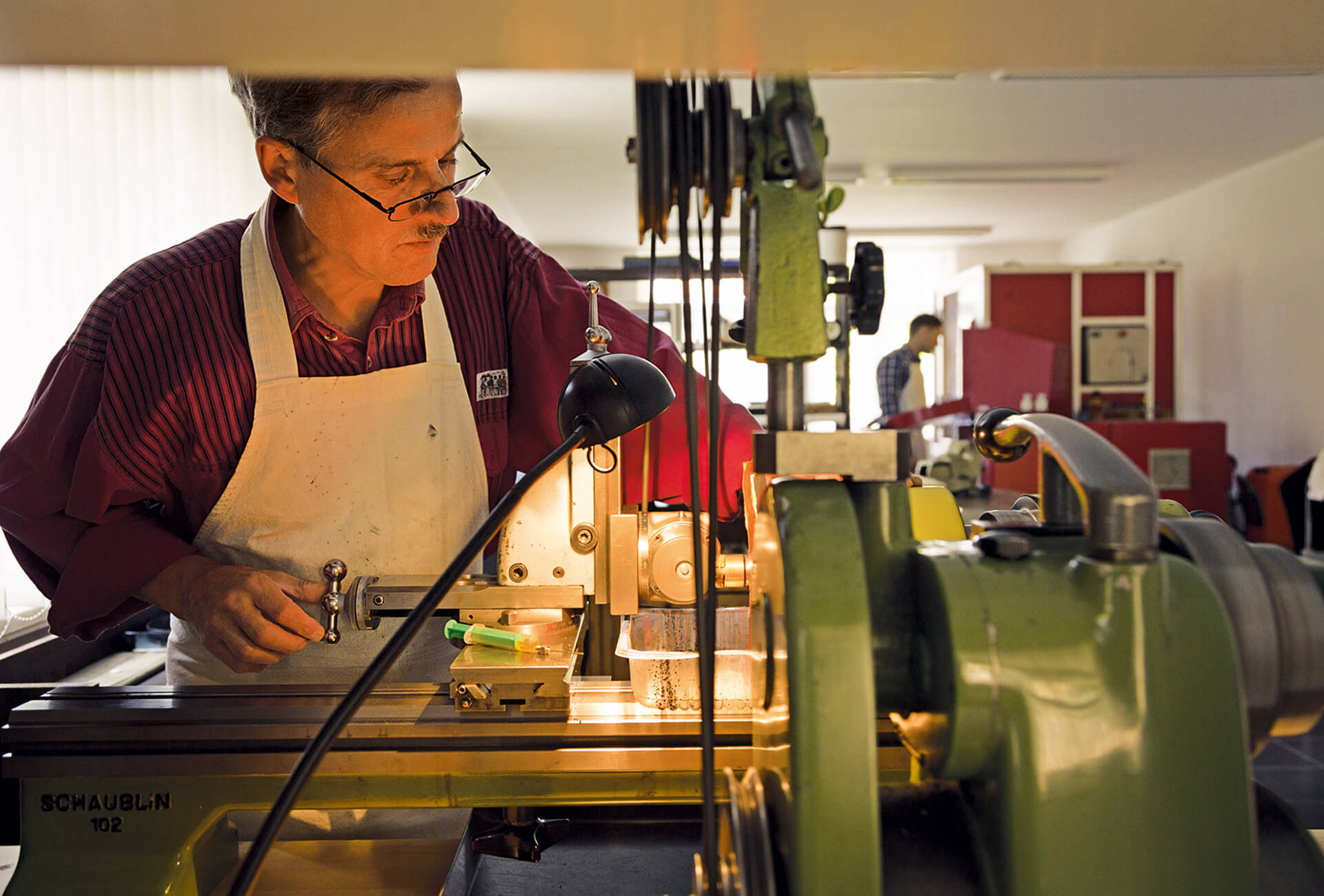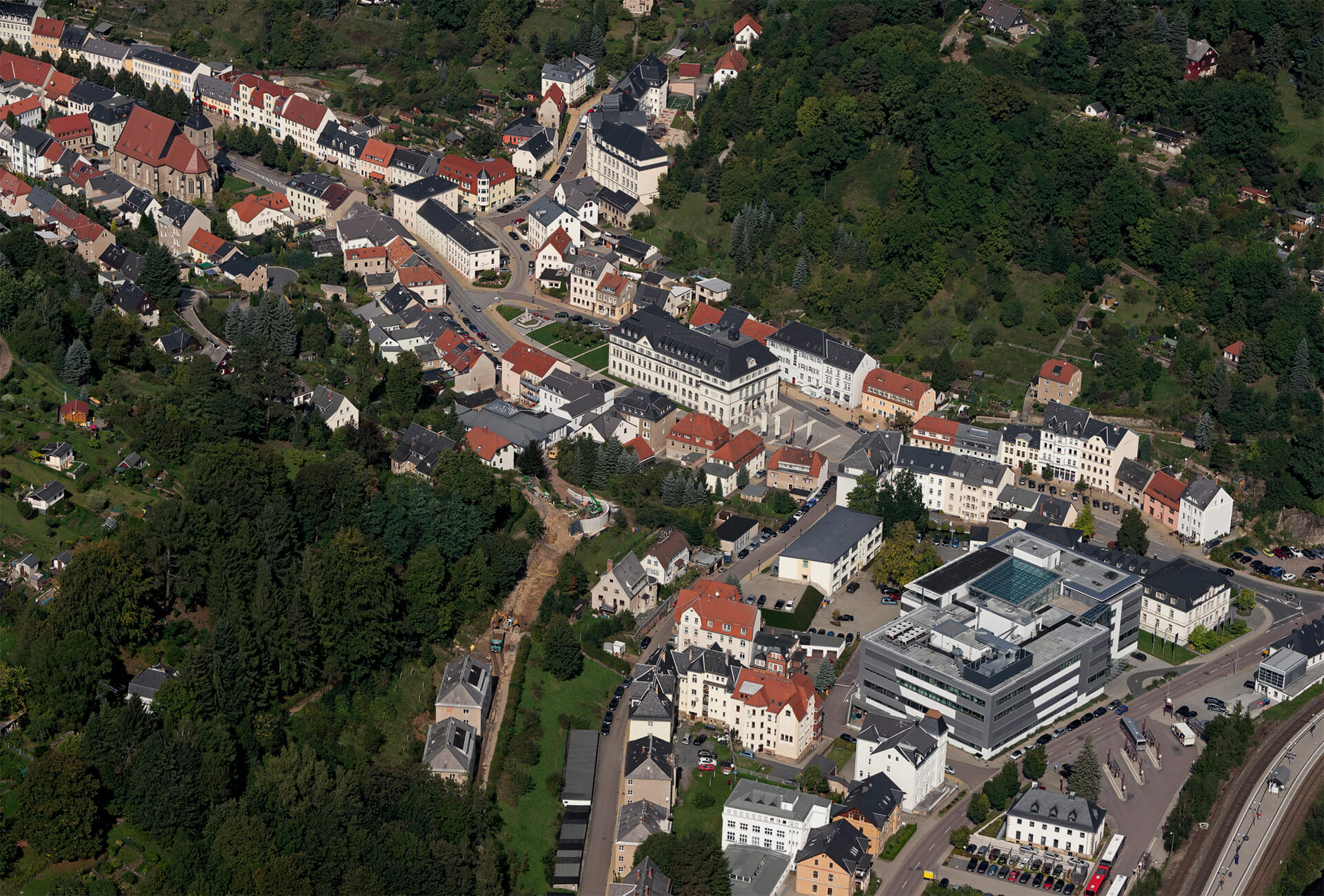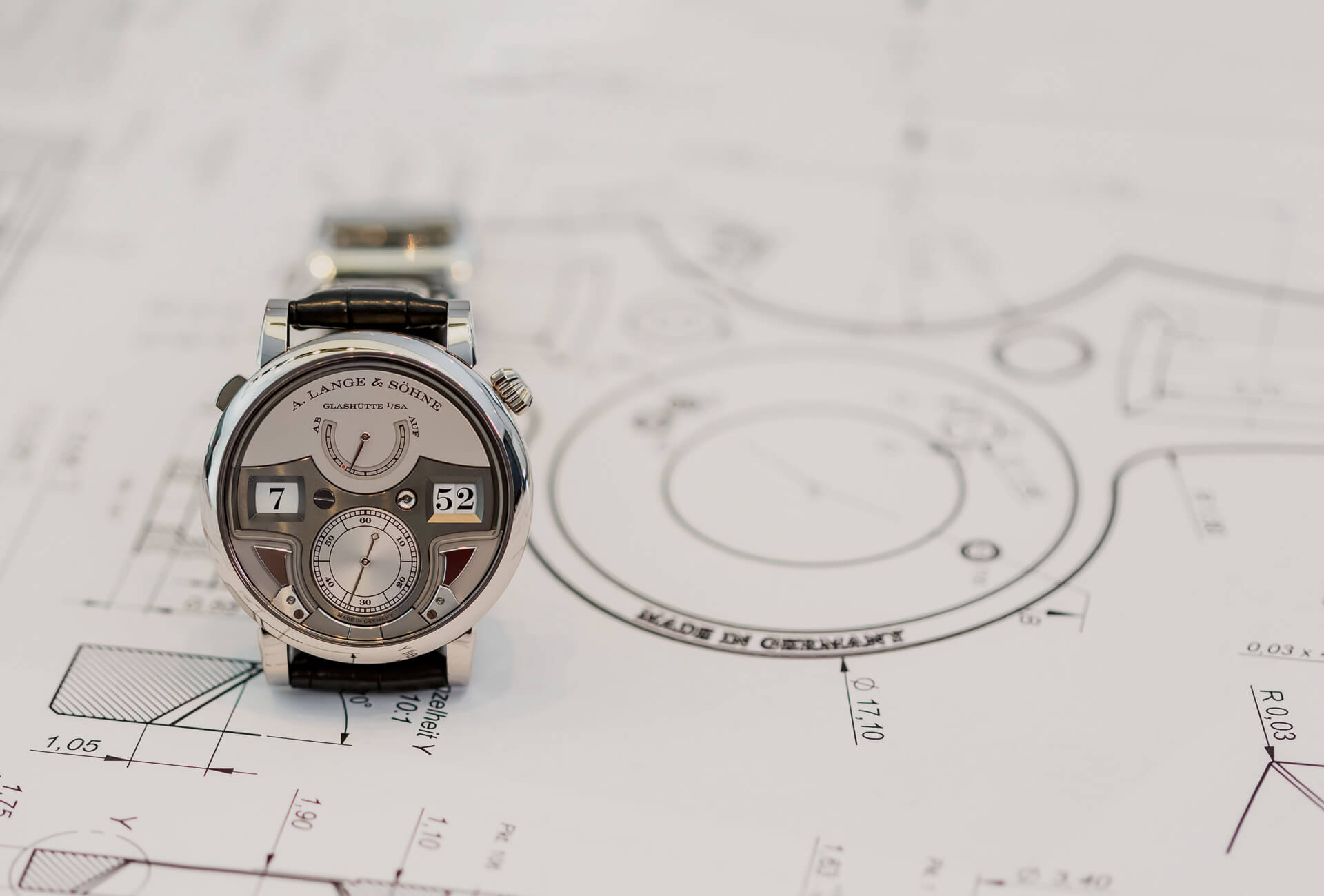September 18th was a day of celebration in Glashütte. Not on the grand scale originally intended, due to coronavirus-related security measures, but no less an event of considerable import for this small German town whose ties to watchmaking go back to 1845 – the year Ferdinand Adolph Lange established a first watchmaking workshop in what was then a village stricken by hardship and poverty. Supported by the sovereign ruler of Saxony, who wished to bring greater prosperity to the outlying regions of his kingdom, Ferdinand Adolph Lange not only created what would become a world-renowned manufactory; he also laid the foundations for an industry that has put Glashütte on the map as a name synonymous with the finest German watchmaking. And so it was that, on September 18th, in honour of these 175 years, members of A. Lange & Söhne’s executive unveiled a memorial statue of Walter Lange, great-grandson of Ferdinand Adolph Lange and the man who orchestrated the brand’s revival in 1990 following the fall of the Berlin Wall.
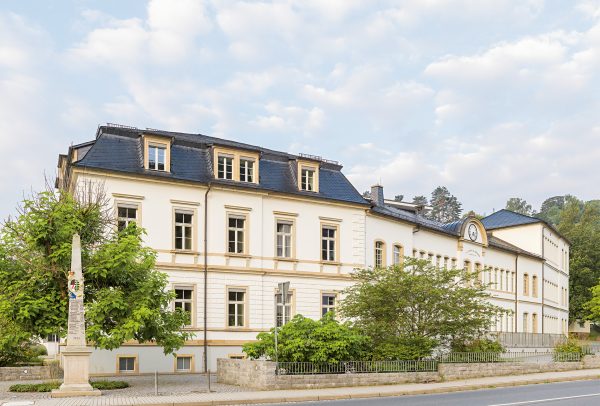
History has not always been kind to Glashütte nor, by extension, to A. Lange & Söhne, yet the industry that steadily grew from the seeds Ferdinand Adolph Lange sowed has survived and thrived. Following his lead, numerous other manufactories opened in the town. Soon they were able to count on the specialist tool manufacturers and component-makers that set up there, forming an industrial fabric capable of weathering even the worst crises. And crises there were. From bombardment in the final hours of the second World War to periods of galloping inflation, from the expropriation of businesses by the Soviet-supported East German regime to the forced nationalisation of its watch companies, Glashütte has seen it all. Only to rise from its ashes like the mythological phoenix, stronger and more beautiful.
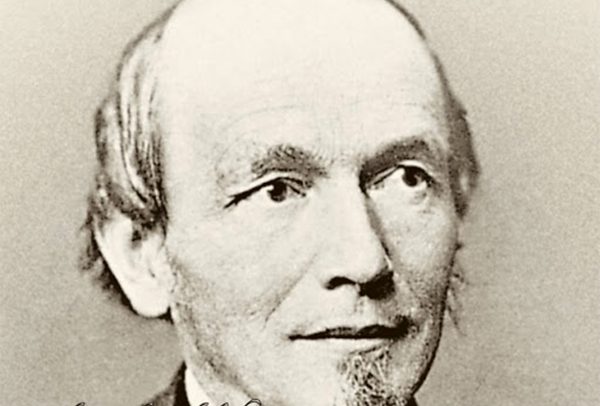
At A. Lange & Söhne, such remarkable resilience goes a long way towards explaining why the manufactory is now at the very pinnacle of time measurement. With production in the region of 6,000 watches a year, it is widely considered a collector’s brand but has the mindset of a start-up: a favourite comparison of CEO Wilhelm Schmid in reference to the three short decades since the foundation of the “new” A. Lange & Söhne, which joined the Richemont group in 2000. As an illustration of the substance that comes with such a storied existence, but also a remarkable capacity to bounce back, the brand travelled to Watches & Wonders Shanghai in September with three “Homage to F.A. Lange” commemorative watches: the finishing touch to these anniversary celebrations. All three are part of the 1815 collection, named for the founder’s year of birth, and all three underscore the virtuosity of a company well versed in master craftsmanship.
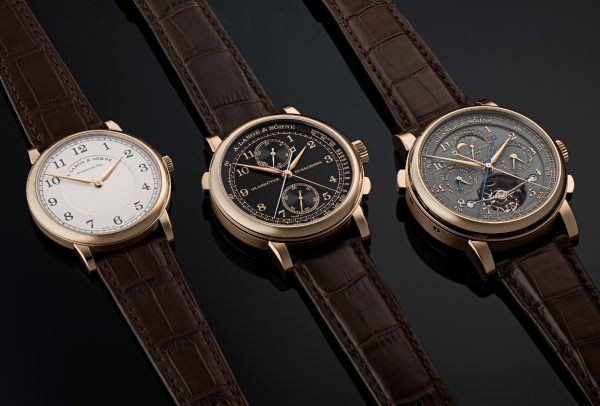
The common denominators of these limited-edition 1815 Thin (175 pieces), 1815 Rattrapante (100 pieces) and 1815 Tourbograph Perpetual (50 pieces) are a case in honeygold (a proprietary alloy that is twice as hard as other gold alloys), a special movement decoration that includes a granular textured plate and rhodiumed engraving on the balance cock, and dedicated dials. At 6.3mm high and 38mm in diameter, boasting a pristine enamel dial and fitted with the manual-winding L093.1 calibre (2.9mm high) for 72 hours of power reserve, the 1815 Thin is described as a modern interpretation of Ferdinand Adolph Lange’s philosophy: innate elegance meets flawless execution. These same qualities are found in the 1815 Rattrapante whose “classic” split-seconds chronograph complication is combined with a black dial in solid silver, a first in the collection. Last and not least, the 1815 Tourbograph Perpetual leaves no doubt as to the brand’s expertise as a maker of complications. Regulated by a fusee-and-chain transmission coupled to a tourbillon, it presents a split-seconds chronograph as well as a perpetual calendar. For further distinction, the numerals and scales are very slightly raised from the rhodiumed honeygold dial. “When Ferdinand Adolph Lange united science, craftsmanship and modern production methods, his aim was to make the most beautiful watches in the world in his native Saxony,” notes A. Lange & Söhne. An ambition that hasn’t changed today.
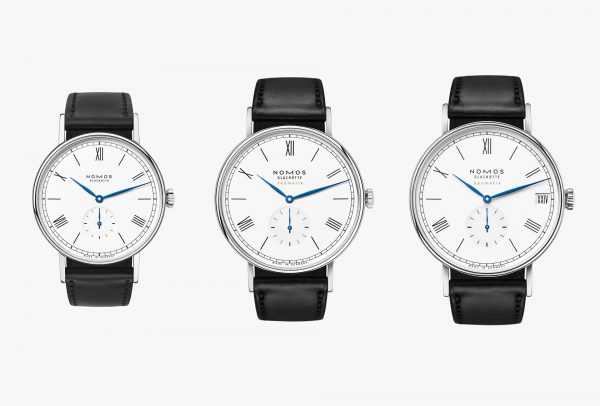
A. Lange & Söhne isn’t the only watchmaker in Glashütte to be commemorating the town’s past. Nomos is another, eager to remind us that Glashütte has been “a centre of fine watchmaking since 1845” and that “timepieces made in Glashütte are unique around the world.” Nomos is marking this 175th anniversary with three limited-edition versions of its classic Ludwig watch. Decked out with an enamel dial and in-house movements, these are understated, classically beautiful watches for “those who treasure tradition”. Something Glashütte has to spare.









